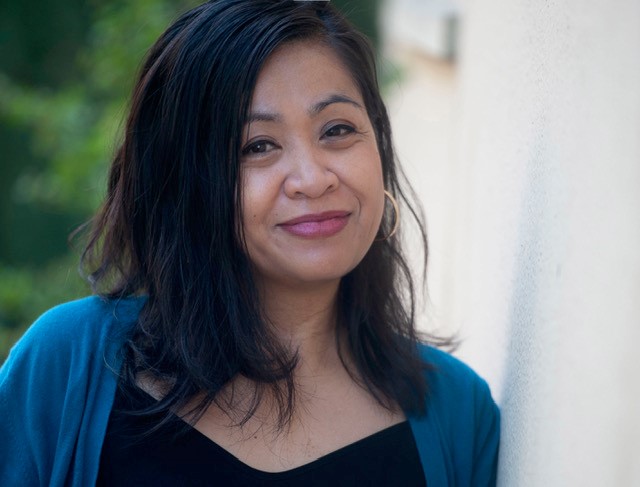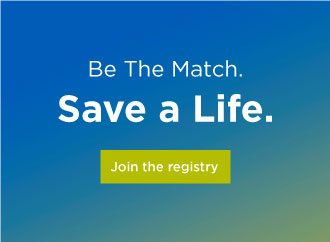Despite the best intentions of joining the Be The Match Registry, I got spooked by the first cheek swab kit I requested. Daunted by the idea of surgery, I never returned the simple test that was the key to joining the registry, a decision I later regretted.
Fast forward a few years to May 2013 and a beach street fair where I stopped at a booth for a donor recruiting group for Be The Match. This was my chance for a do-over and I jumped at it. After learning about the need for ethnic diversity in the donor pool, I handed over a completed kit, trading in fear and regret for possibility. A little over two years later, I received a call that I might be a match for a young boy with severe aplastic anemia, a potentially life-threatening disease that causes a person’s body to stop producing enough blood cells. Sadly, although I was willing to donate, I became ineligible because I had just given birth to my second child. I thought about that boy often, hoping that he had found a match elsewhere.
Then in December of 2016, I got another call. I was a potential match for another young boy also with severe aplastic anemia. The boy’s doctor requested bone marrow rather than peripheral blood stem cells (PBSC), which meant surgery rather than the less invasive method for PBCS donation. I said yes right away.
At that time, having already been through two unrelated surgeries, the fear I once felt had been replaced by gratitude. I wanted to pay forward the good health of my children. Also, it was a poignant time for my family. The call from Be The Match came around the end of a six-month period where we lost three family members, including my father, to health conditions that ranged from sudden to long and devastating. This donation was an opportunity to play an active role in potentially saving a life, a chance for which my family and I were grateful.
The donation process
After agreeing to move forward with the donation, I started the donor process that included a phone interview about my health background and blood tests to confirm the match and my health. There was also a long conversation with my dedicated workup specialist, Erin, who would guide me all the way through surgery and recovery. I asked a lot of questions and also asked my personal doctor to weigh in.
Shortly before the donation, I visited the hospital where the surgery would take place for another blood test to make sure I was still healthy enough to donate and to meet with the doctor who would perform the surgery. The surgery took place under general anesthesia, and I spent the night in the hospital as a precaution.
What everyone wants to know
“Did it hurt?” That’s the first question people usually ask me.
They ask for a number on a scale of 1 to 10, but I’ve learned that everyone’s scale is a little different. What is a five for one person could be a 10 for another, so I like to give examples:
I was sore the first few days, but only needed ibuprofen to manage it. I had the surgery on a Tuesday and was back at my desk on Thursday — albeit standing because sitting too long made my back feel stiff. I felt fatigue the first week and a mild soreness for about three weeks.
I was so moved by the whole experience that the week after donating I met with a volunteer coordinator with Be The Match to learn how I could help by sharing my experience as a donor.
About a year after the donation, I joined fellow donors at an event hosted by Be The Match in celebration of World Marrow Donor Day. People shared their donor stories, and while everyone’s experience was unique, there was an overall sense of gratitude and joy for being able to donate. And many, like me, felt a need to share as much about their experience as possible to encourage others to join the registry.
Hoping and waiting
“Did he make it?” That’s the second question people usually ask me.
For two years I didn’t know. Because it was an international donation, it was a two year waiting period. After going into the donation with so much hope, it was hard to move forward with no updates, especially after hearing so many fellow donors talk about letters, calls, or visits with their recipients. But the day after the waiting period lifted, I sent the boy a letter understanding that he might not reciprocate. But a few months later, he replied with an anonymous note and a drawing. He was doing well, recovering, and building up his strength. He told me a bit about his illness, his hobbies, and things he was working toward.
I may never know his name, and that may be the last I’ll ever hear from him. But as I told him in my letter, I’ll be out in the world cheering for him, wishing him a long and happy life.
Register or learn more about how to become a bone marrow or peripheral blood stem cell donor.


